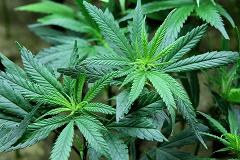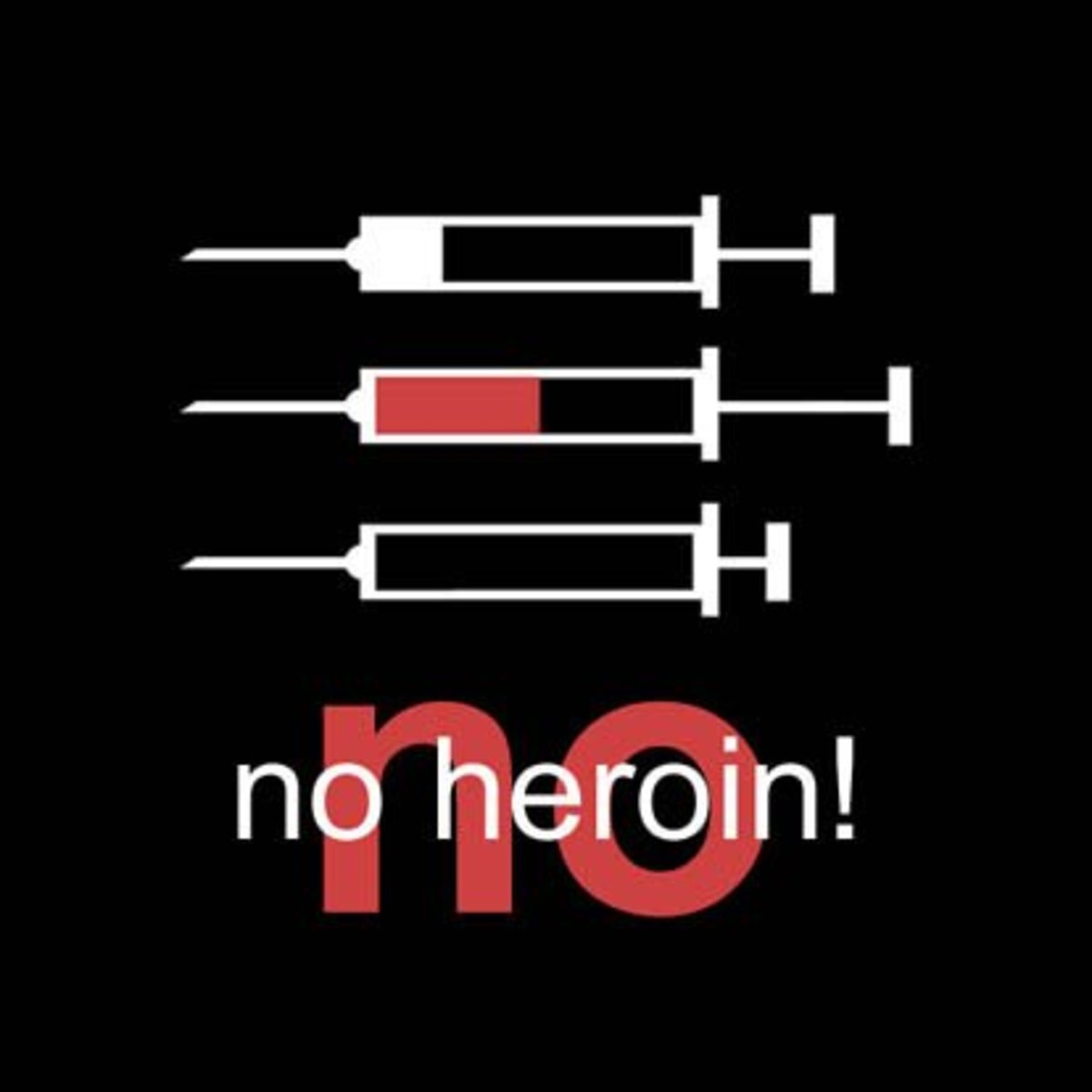From Quaaludes to Marijuana, a Surprising Parallel
714

Quaalude Background
Quaaludes are the most popular brand for the drug known as Methaqualone. Methaqualone is a sedative-hypnotic drug which was commonly prescribed for a very wide range of conditions, including anxiety and sleeplessness. Unfortunately, Quaaludes are extremely addictive and cause a range of responses including euphoria, dizziness, and sometimes even sexual arousal. Additionally, when taken with alcohol, the results become unpredictable. Much of time the combination of alcohol and Quaaludes produces sedation and memory blackouts. The drug, also known as 714, quads, and soaps, reduces inhibitions for five to eight hours and became the date-rape drug of the ‘70s and ‘80s. Eventually banned in the United States and other countries, Quaaludes are now classified by the U.S Drug Enforcement Agency as a ‘Schedule I’ drug.
What is a Schedule I substance?
The U.S. Drug Enforcement Agency has formed a classification system of drugs, substances, and even chemicals used to make drugs. The system contains five categories, also known as schedules.
Substances are placed in the classification schedule based on their currently accepted medical use for treatment in the United States, their relative abuse potential, and the likelihood of dependence or abuse. A Schedule I drug is at the top of the list of most dangerous and with the highest potential for dependence and abuse. These drugs carry the highest probability for severe psychological or physical dependence with the lowest medical return investment.
The current definition of a Schedule I drug from the U.S. Department of Justice, Drug Enforcement Administration, Office of Diversion Control is that “substances in this schedule have no currently accepted medical use in the United States, a lack of accepted safety for use under medical supervision, and a high potential for abuse.” The website, which updates the complete list of schedules annually, cites some examples of substances in this category. Heroin, LSD, peyote, and ‘Ecstasy’ are all classified as Schedule I drugs which have no currently accepted medical use.
Cannabis

Marijuana, a Schedule I Drug
Another drug that may be found on this Schedule I list is something that has been increasingly newsworthy. Also deemed by the U.S. Department of Justice as having no currently accepted medical usage, a lack of safe usage, and a high potential for abuse, is none other than marijuana. Yes, marijuana is listed as a Schedule I substance.
Forgive me for being obtuse but I read that as saying that there is no accepted medical usage for cannabis. Perhaps because of my extreme oversight in not obtaining a doctorate or at least continuing on from pre-law, I am completely unable to make sense of why marijuana is considered a Schedule I substance. This facet of nonunderstanding on my part has absolutely nothing to do with my standing on the subject of whether or not marijuana should or should not be legalized.
Legalizing Marijuana
The legalizing of marijuana has been in the forefront of the news for the past year or two. In fact, just this past Tuesday, voters in three Michigan cities approved the possession of up to an ounce by adults on private property. This is not the first such legalization. Last year both Detroit and Flint passed similar measures. Portland, Maine also passed a related ordinance this year, allowing possession of up to 2.5 ounces of marijuana by those over 21 years old. Colorado saw voters backing a heavy recreational tax on this substance, which was made legal last year. This tax will be earmarked not only for overseeing the state’s marijuana industry but also for school construction.
There seems to be a surge in marijuana policy reform which has been gaining momentum for the past ten years. The polls show little opposition to marijuana supporters and many unofficial results show that most legalization efforts would easily pass.
There is a list of states that currently allow some usage of medical or recreational marijuana.
In addition to being legalized in a number of states, this week saw, for the second year in a row, a National Marijuana Business Conference & Expo. The conference tickets which went for over $500, were sold out. Next year’s conference site of Las Vegas has already been chosen.
The Legalization of Marijuana
Should Marijuana Be Legalized?
The Classification of Marijuana
Regardless of any state legislation, conference schedule, or wishes of anyone, marijuana remains illegal under federal law. Not only is it still illegal under federal measures, the U.S. DEA persists in its classification as a Schedule I substance.
Perhaps the label of cannabis being a Schedule I drug should be reconsidered. The classification schedule includes a number of other possibilities for marijuana. The substances labeled in the system become increasingly less dangerous as the schedule goes from I-V. The Schedule I category is the only one which indicates that substances on the list have no redeeming medical applications.
Schedule II substances also are considered dangerous with a high potential for abuse but do not carry the stigma of having no current medical usage. Even then, if marijuana were reclassified as a Schedule II substance, it would be keeping company with the likes of cocaine, methamphetamines, morphine, opium, oxycodone, pentobarbital, and methadone. A schedule III substance carries a moderate to low potential for dependence and includes such items as hydrocodone, ketamine, Tylenol w/codeine, and anabolic steroids.
To be classified as a Schedule IV substance, there has to be a low potential for abuse and dependence. This group includes such things as alprazolam, diazepam, lorazepam, and carisoprodol. The final classification, Schedule V substances, is defined as those things with lower potential for abuse and dependence then Schedule IV substances. Some cough remedies with limited amounts of codeine are on this list.
Without attempting to decide the fate of the legality of marijuana or where it should be on the classification schedule, I believe I can safely say that if marijuana is being legalized, perhaps it should no longer be on a list of substances that are highly dangerous, addictive, and have no medical applications.





